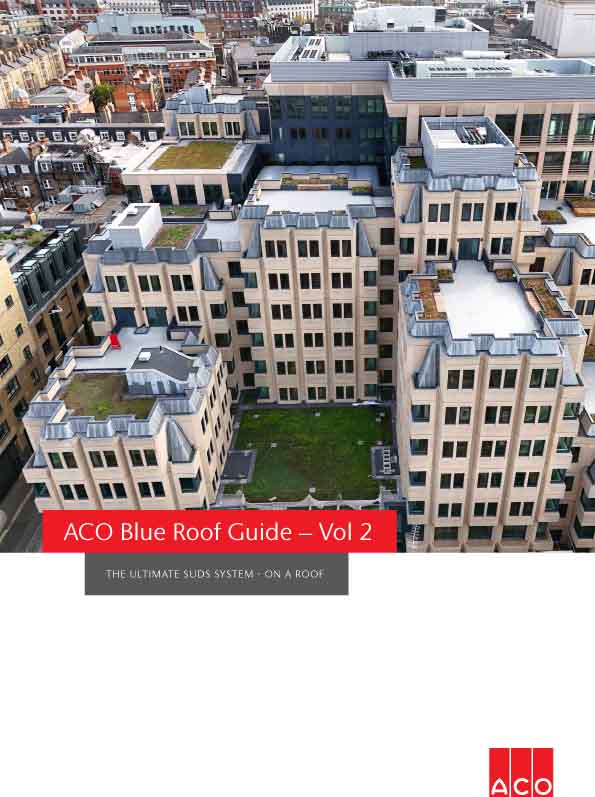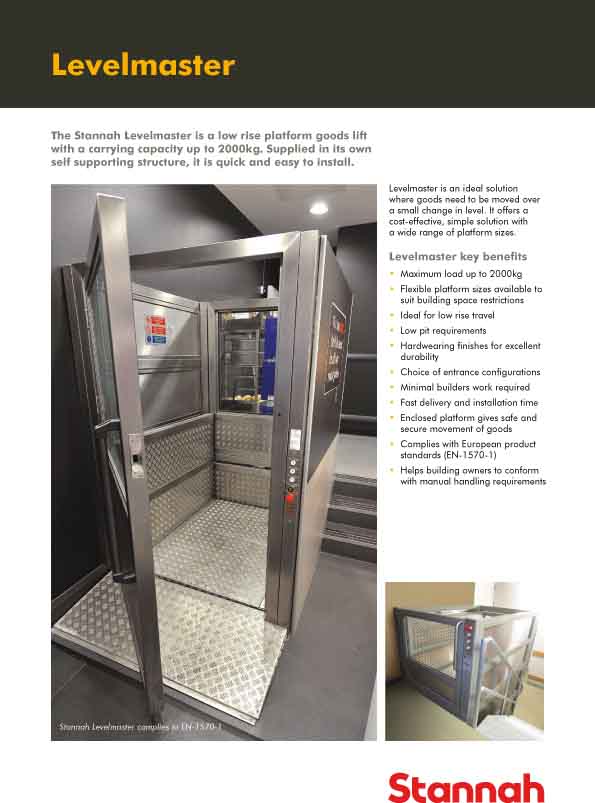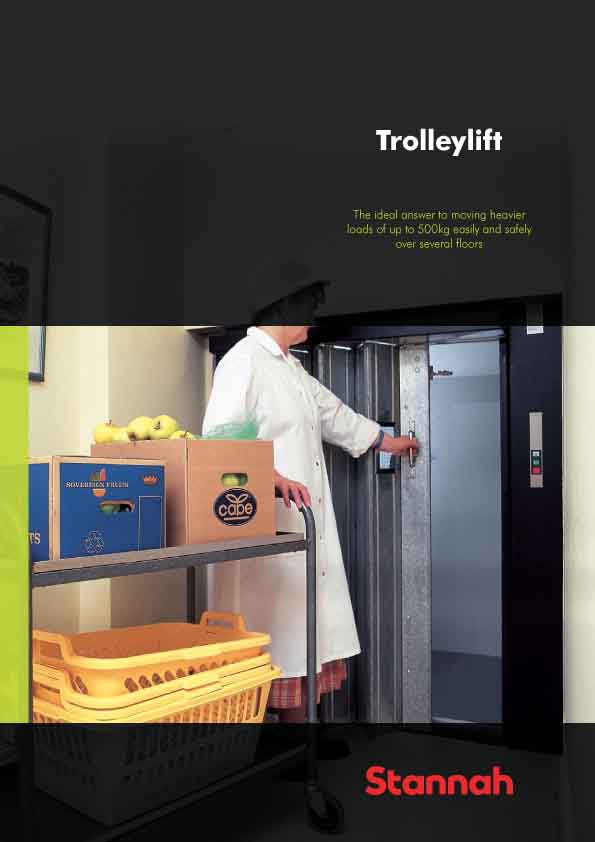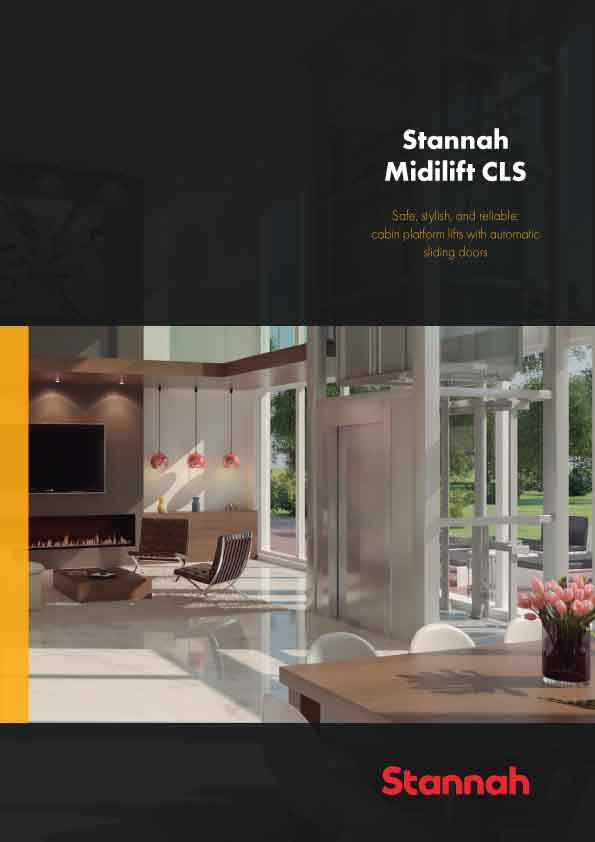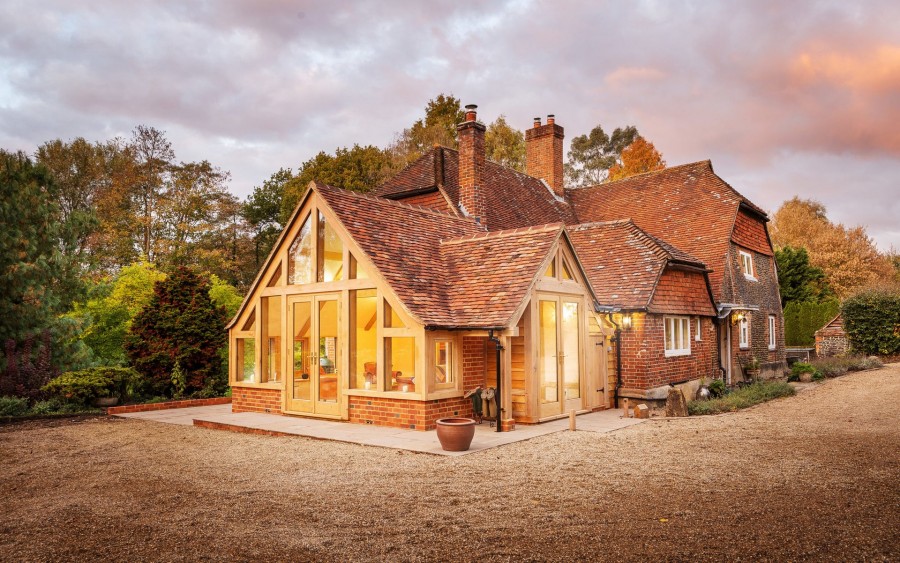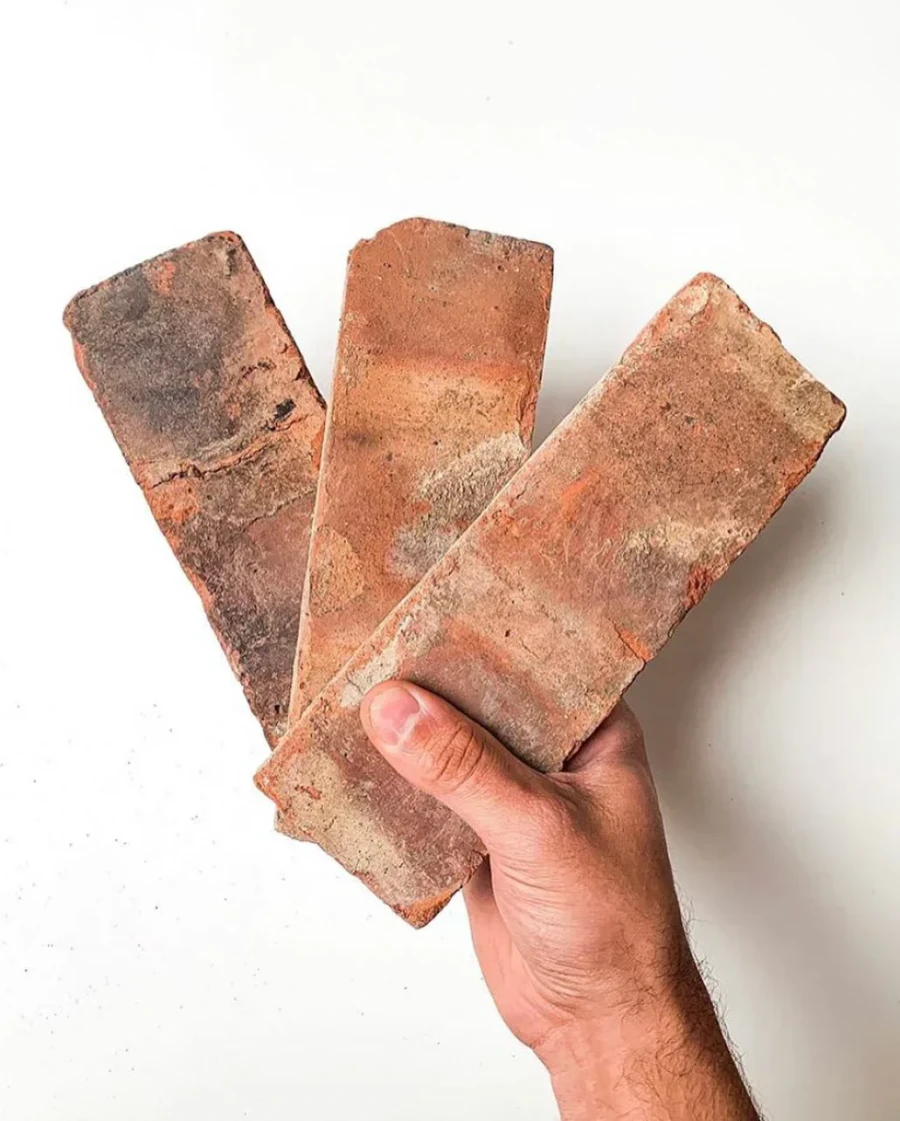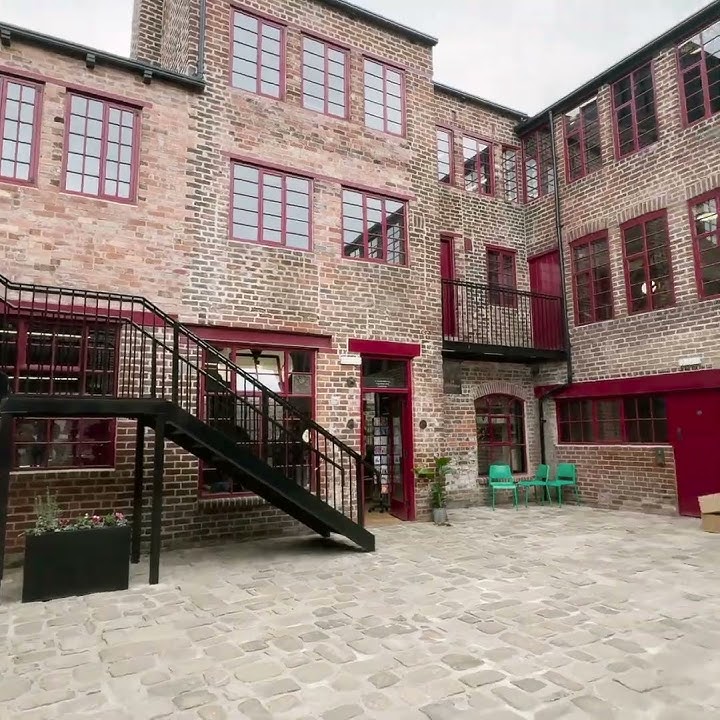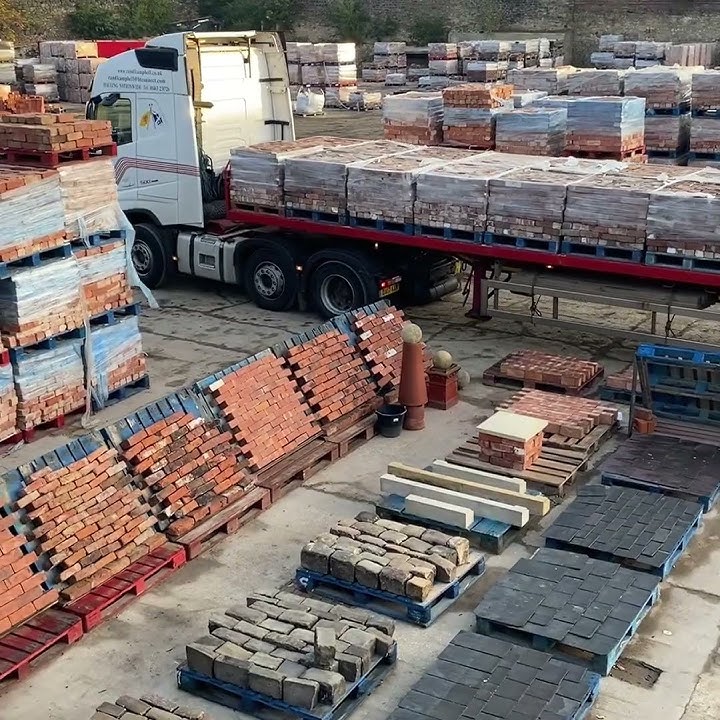Social housing is a valuable and sizable component of UK housing stock, providing much-needed shelter to families across the country. However, due to lack of funding compared to the private sector, cost is often a key purchasing trigger when specifying building materials. Plaster is one of the most extensively used materials, yet compromising quality over cost can lead to long term property maintenance issues. Here, Iain Spence, Technical Manager for Tarmac’s Limelite range, puts forward the case for alternative plaster use in social housing.
With the UK’s population density rising, and so too the number of tenants currently living in social housing, there is a great strain currently being placed on the building fabric of many social housing properties. Combined with a lack of affordable housing stock, and in particular new-builds, families and young social housing tenants are having to live for extended periods of time in properties which were never built for the purpose nor occupancy level which they are currently being used for.
Perhaps one of the biggest differences between public and private sector housing when it comes to construction and maintenance is the initial specification process. With housing association properties, building materials are by and large specified by the housing association or a procurement framework, rather than the contractor. So in the case of plaster, if any remedial work needs to be undertaken, the plasterer will often find that their materials have already been selected for them.
In principal, this process should work well. However, in practice, this isn’t always the case. In the majority of instances, housing association properties are supplied with gypsum plaster, due to the ease of application and low cost price. Gypsum plaster has long been the go-to choice of professionals across the UK building industry, but it possesses some inherent weaknesses which have been thrust into the spotlight in recent years, bringing into question its suitability as a ‘one-size-fits-all’ solution.
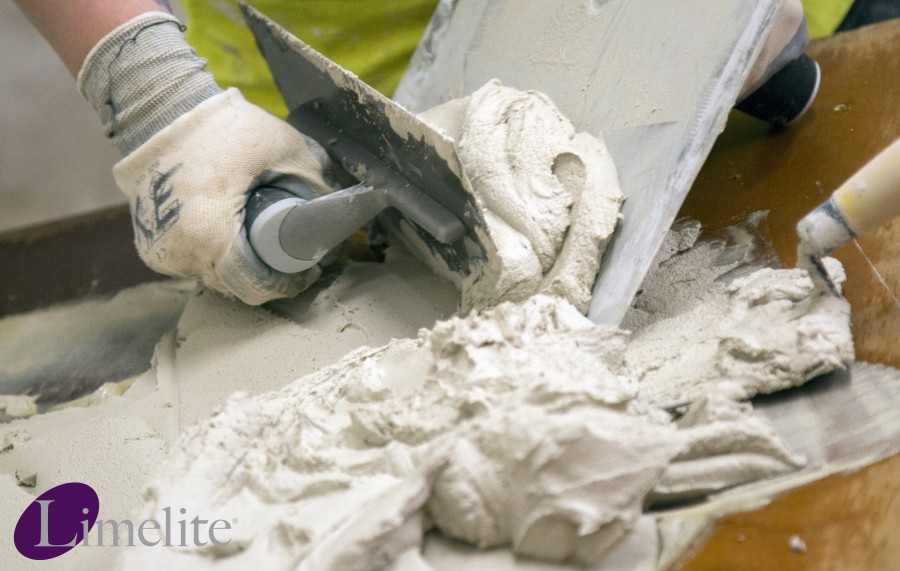
Moisture mismatch
Perhaps the most pressing issue linked to gypsum plaster is its difficulty to handle moisture.Due to the hygroscopic nature of gypsum, it easily absorbs and retains moisture from the surrounding atmosphere and substrate. Damp is one of the most common factors which can affect gypsum plaster, leaving it susceptible to the growth of black mould and salts.
Given that the bulk of UK social housing stock is relatively old, damp is also a key issue that housing association maintenance teams have to tackle on a regular basis. Double glazing is one example of efforts that have been made to improve the quality of social housing stock, however it may have actually had the opposite effect. For instance, whilst it may improve heat retention and offer better sound insulation, double glazing has the potential to diminish ventilation and increase humidity levels. These changes in atmospheric living conditions highlight the limitations of gypsum plaster, with damp being the biggest physical example.
It manifests itself in various ways, from rising damp travelling up through masonry from the ground, to damp that penetrates the building fabric due to external leaks, or stemming from poor insulation or ventilation.
There is no simple resolution for the effects of damp on gypsum plaster. Often the only choice is to remove the original plaster, treat the walls with a Damp Proof Course (DPC) before waiting for it to dry – which usually happens at a rate of 25mm a month – to receive a backing plaster; all at the expense of the local authority. This can be a time-consuming process and there is no guarantee of a successful outcome.
Re-education of plaster choice
Given the age of much of the UK’s social housing stock, I would encourage those specifying plaster to consider other options which may be more suitable to the properties in question. Lightweight renovating plasters have long been labelled as a product destined for use in the heritage and renovation markets. However, there is a lack of awareness surrounding the term ‘heritage’ and what it covers.
Whilst lightweight renovating plasters, such as Limelite from Tarmac, have indeed proven to be highly successful for period properties, many housing association properties could feasibly fall into this category, given their age and susceptibility to damp. As such, lightweight renovating plaster is the ideal solution for the UK housing association market.
One of the chief benefits of a lightweight renovating plaster is its ability to mitigate the potential humidity and air-flow issues faced by ageing social housing properties, by allowing moisture to pass through it which dramatically reduces the likelihood of damp occurring. Typically, it includes a salt inhibitor which increases the retention of dissolved solids within the plaster, helping to protect the decorated finish. The result is the balanced moisture movement through the construction fabric which allows the substrate to dry naturally.
The installation process is relatively similar to the traditional method: first the damaged plaster must be removed and then, if needed, treated with a DPC. The wall can then be plastered with the lightweight renovating plaster and coated with high impact finishing plaster before being painted with a water-based emulsion.
One final benefit of renovating plaster, which is crucial for social housing landlords and insurance companies alike, is that you do not have to wait for the walls to dry before plastering. If gypsum plaster is damaged during the winter it could take months to dry, further elongating the repair process and the inconvenience to the tenant. What’s more, the typical drying time for renovating backing plaster is just one day, whereas gypsum based backing plasters can take up to ten; further drawing out the repair process and finances.

Final thoughts
In short, I would urge housing associations currently specifying gypsum based plaster to re-think the reasons behind this choice. Whilst budgets are often tight, the potential remedial work would go far above and beyond the slightly higher material costs of a lightweight renovating plaster. Damp, and its associated complications, is not a new issue for housing associations, yet its persistence is a real worry. The poor moisture handling ability of gypsum based plaster is a key trigger for damp, and the only way to truly tackle the issue is to reconsider its use during the specification process. Making the switch to a lightweight renovating plaster may not have been the obvious choice in the past, but it will be the most effective – in both the short and long term.
For more information on renovating plasters, please visit: www.limeliteplaster.co.uk or call 03444 630046











